The UK government has confirmed that drones and other autonomous systems will be adopted “in high numbers” across the British Armed Forces under a £5 billion technology initiative announced in June, but has declined to publish breakdowns of expected spending or quantities for this financial year.
In a series of written parliamentary answers on 11 July, Defence Minister Maria Eagle repeatedly pointed to the Strategic Defence Review’s recommendation that autonomy and artificial intelligence (AI) become an “immediate priority” in the transformation of the UK’s conventional forces.
Conservative MP James Cartlidge had asked for detailed figures on how the £4 billion earmarked for autonomous systems in the five-year plan will be allocated across financial years and capabilities.
“Uncrewed and autonomous systems will be incorporated into the Integrated Force in high numbers over the next five years as part of a ‘high-low’ mix of capabilities whether undersea, at sea, on land, or over land,” Eagle stated. The ‘high-low’ concept refers to combining exquisite platforms with lower-cost, scalable systems such as FPV drones and disposable sensors.
When pressed by Cartlidge on how much of the investment would be spent on drones for the armed forces in the current financial year, Eagle replied that “exact numbers and investment apportioned to these systems will be determined as part of the Defence Investment Plan.” The same response was given when asked to provide annual allocations through to 2028–29 and percentage breakdowns for spending on reconnaissance, logistics, FPV, and long-range one-way attack drones.
This lack of specificity contrasts with the scale of ambition implied by the government’s announcement in early June, which branded the initiative a “European first” and part of a £5 billion push to maintain technological superiority. That announcement also claimed the plan would deliver “mass procurement of drones for the battlefield.”
But when Cartlidge asked how many systems would be procured by role type in this financial year, Eagle again declined to give figures, reiterating that “exact numbers and investment apportioned to these systems will be determined as part of the Defence Investment Plan.”


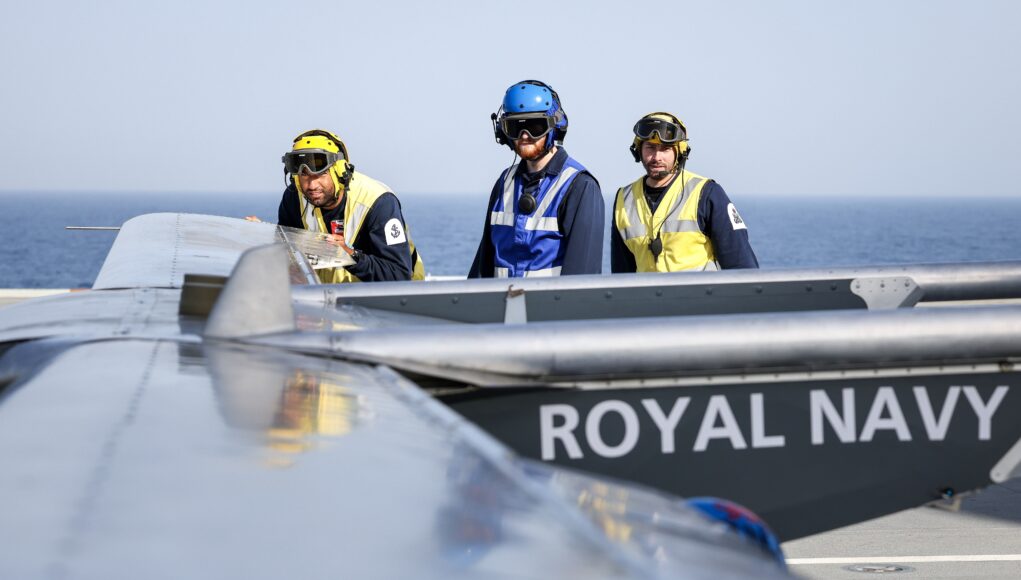

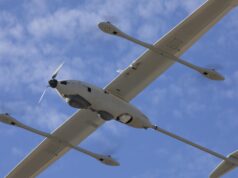

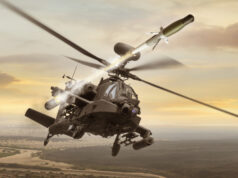
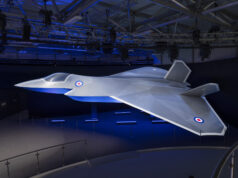

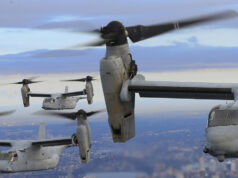


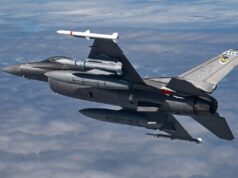

Rather than filling hangars with millions of soon-to-be obsolete drones, it would be far better to spend the money on developing a UK sovereign drone design CAPABILITY, and then the CAPACITY to produce drones at scale when needed at secure locations.
Why not design the drones so that they can be civilianised and sold off when they become obsolete?
“Exquisite platforms”.
I had a pair of them once.
No but seriously, what are they and what do they do ?
Nobody actually knows the answer to that
Well someone needs to get a lick on then if it’s a 5 year plan.
Ah,BUT, any decision on getting a “lick on” has to be reviewed subject to a consultation prior to having the meeting about what they are.
Ha ha, You nailed it !
They make you feel taller and more fashionable in the world…
Yup, I had the Bay City Rollers version.
I miss flairs.
In the end there is very little point in massive capital investment in drones.. they need to spend the money on testing and embedded doctrine and ensuring there is a steady industrial base that can increase capacity and innovate at need.
The issue at present is that they have done testing.. but they are not embedding doctrine as that is the hard expensive bit.
I’d argue that the way in which you build that industrial base is to invest in an actual fleet of drones. Ultimately, it’s the only way we’ll move from “lessons learned from Ukraine” to actually practicing the capability and learning what our specific requirements are for the future.
Nothing strengthens industry like actual orders.
Hi jay, I think you miss understand we, to get the doctrine developed and embedded you must have the kit in active use.. so there would need to be orders a proper doctrine would have micro drones at section level, mini drones at company level, tactical drones at battalion level and HALE drones for brigade and division level support. This kit would need to be embedded and used at all levels.. this would allow you to develop the doctrine but the micro, mini and tactical drones would all essentially have very short replacement dates so you only have just enough and they would get used and replaced quickly ..Your test and evaluation would drive forward the drones being delivered and deployed.. this would allow you have a good doctrine as well as a solid industry.. what you don’t want to do is burn 5 billion pounds on building a war stock of drones with a short shelf life.. then just keep them and deprive your industry of orders… do test and evaluate.. build and embed doctrine and maintain industrial capacity… don’t burn a ton of cash on warehouses full of drones.. then stop ordering and spend the next 20 years using the same drone because you have 10,000 of them.
Hi Jonathan – I’ll cut to the chase and say that we are arguing the same point – we are actually in agreement though clearly we have misunderstood one another.
I read your original comment as pro-continued conversation around drone introduction, without real world adoption of drone fleets into the hands of UK forces. Your second comment rebuts that.
There’s a fine line between underinvestment for fear of the rapid pace of development, and under investment and subsequent lack of expertise by those who will actually need to use them.
Indeed it’s line of just enough to ensure drones are fully embedded, with stocks to practice and use operationally..but not so many that you cannot essentially refresh to new drones very quickly.. essentially Micro and mini drones should be essentially consumables that can have a new contract/drone type as soon as the latests innovation comes along.. tactical and HALEs will obviously be around for a more fixed period of time.
All great news if we had the same amount of money spent on keeping present operational kit going rather than loosing capability because we cannot fix anything!!!
Well whatever we do, we need to do something soon as our Eurofighters currently can’t be replaced with anything (I’m hugely skeptical about the F35 which was designed for a different type of mission, doesn’t seem to be used very often in combat and doesn’t even fly most of the time – it’s not like the F35 has earned worldwide plaudits for its actual combat performance).
Every Eurofighter ground down by use and age is something that can only be replaced by bringing one out of storage. No Eurofighter lost in combat can be replaced and will be a devastating blow to our capability. We will end up having to buy aircraft, that we designed and built, from other nations. Not to mention that’s where our fighter jet knowledge, skills and personnel will go.
I’m also skeptical of mass autonomous drones (what if they get hacked or jammed or decide to fly their own mission instead); however human-controlled drones massively increase military capability and massively hinder the enemy’s. However we all know that instead of buying the Kias and Hyundais of the drone world, the ones that do a job and don’t break down very easily, will go “on the back burner” while we develop bloated and massively expensive “Rolls Royce” drones that take years to develop, have constant software problems and cost as much as a fighter jet.
Aren’t we making drone for UKR already? So it’s good we’re getting in the game. As if warfare wan’t terrifying enough already.
Some genius should come up with a cheap, simple drone killing solution.